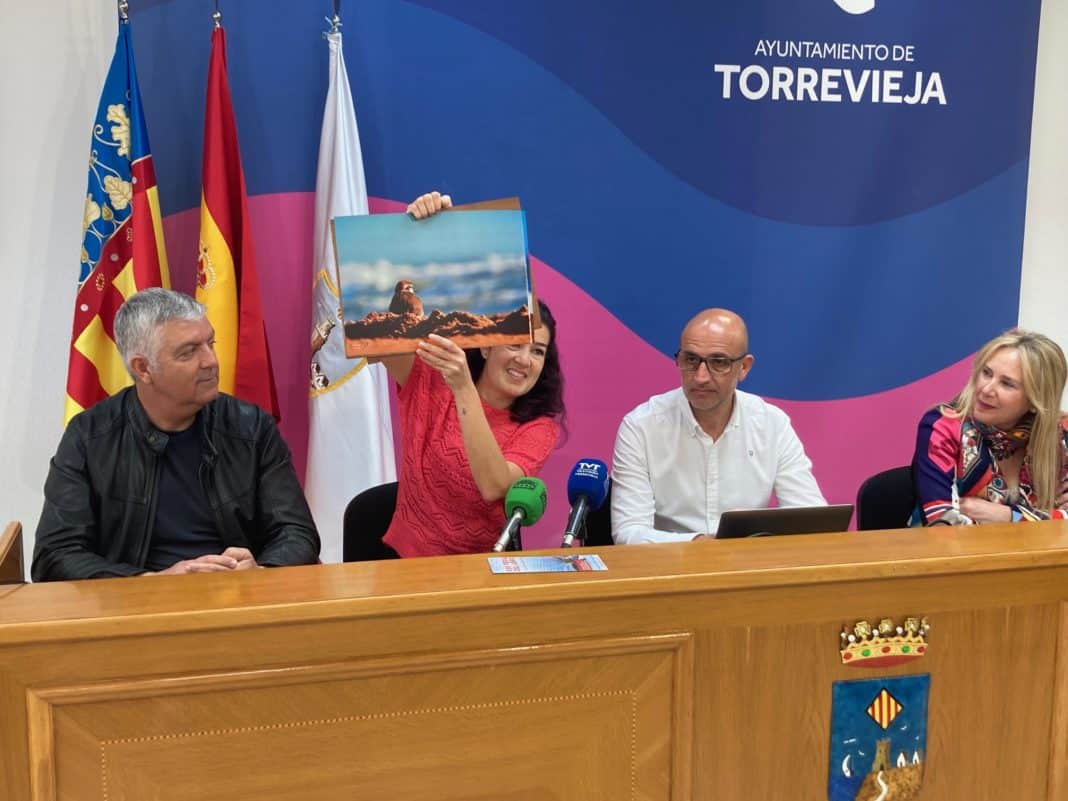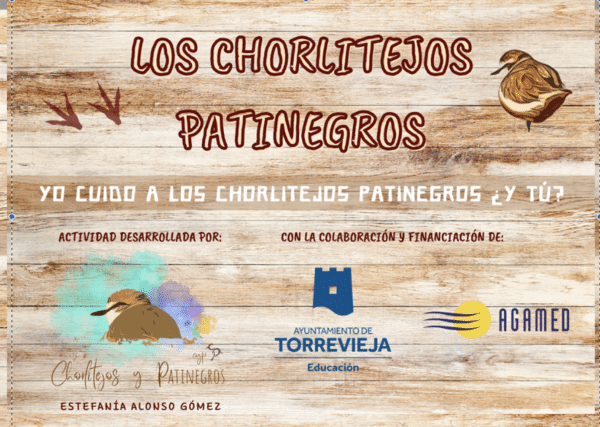Last year, and for the third consecutive year, the Kentish Plover returned to nest successfully in Torrevieja, thereby encouraging the launch of a series of activities that are being carried out in 8 schools in the town, in the 3rd grade classrooms, to publicise this unusual bird.
It is a project with which, through photographic exhibitions and dynamic activities, children will be brought closer to these small birds as they discover their natural habitat.
The project is developed on two consecutive days. The first will be a chat with games, making it as enjoyable as possible, so that students know their characteristics and can learn to respect these birds. According to the biologist Estefanía Alonso, in this way “they will learn to love and enjoy them because it will be the only way we can protect these birds in the future. At the end of the day, care for the environment must be promoted by education”
The second part of the project tries to get the children themselves to become scientific communicators, bringing science and caring for people closer to the classroom to raise awareness about bird conservation. To do this, each of them has to write an article based on a photograph of the exhibition and all of them will be collected in a scientific journal.
Last year, for the third consecutive year, the Kentish Plover returned to nest successfully in Torrevieja, on the dune front of the “Molino del Agua” Municipal Natural Area, located on La Mata beach, where at least 8 chicks are known to have been hatched, great news at an environmental level at a local, regional and national level.
The Kentish Plover ( Charadrius alexandrinus ) is a small bird native to coastal lagoons and beaches with dune systems, which is endangered due to the sharp decline experienced by its populations in recent decades. In the official regulations for the protection of species of the Department of the Environment, it is classified as “vulnerable”, although the Spanish Ornithological Society, in its latest edition of the Red Book of Birds, has now raised the category of threat to “ENDANGERED” species.







